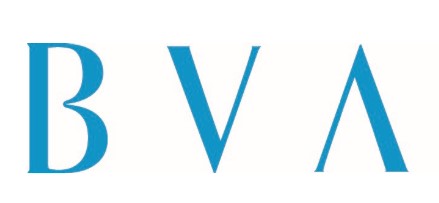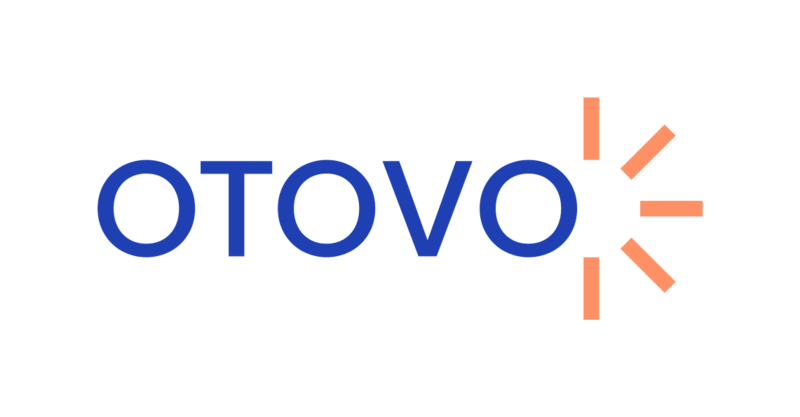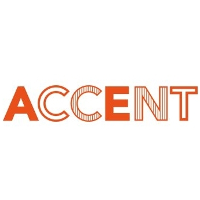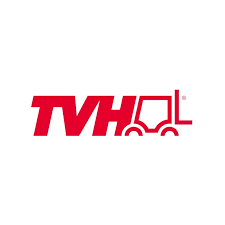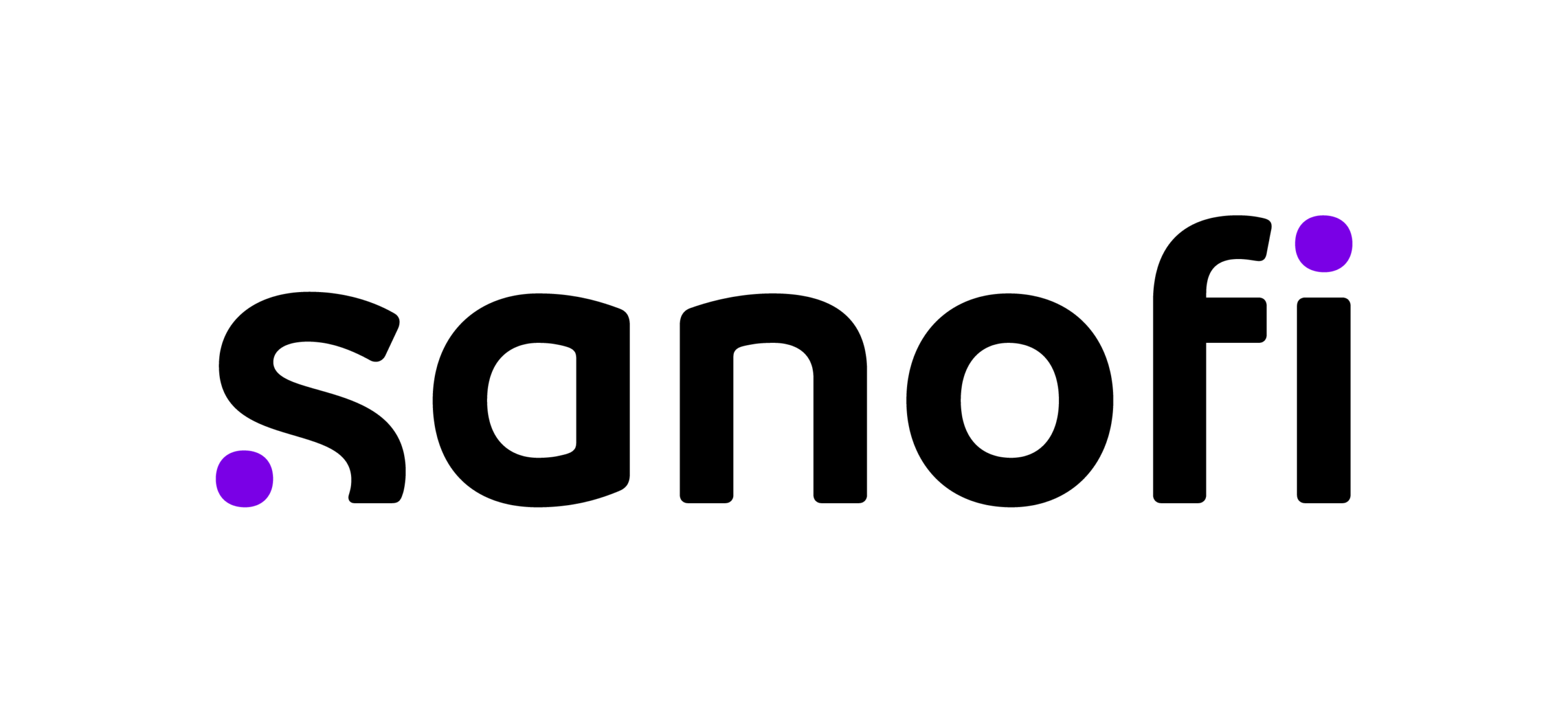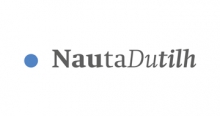A crisis communication plan serves different purposes before, during and after crises. At FINN, we have worked with multinational corporations, SMEs, public institutions and NGOs to develop crisis communication plans that fit their needs.
A crisis communication plans typically offers both information – like contact details and processes – as well as tools, for instance log sheets, ready-made statements. Additionally, a crisis communication plan documents best practices and lessons learned from previous crises, and it serves as the basis for crisis communication trainings and simulations.
Communication plans are drafted in close collaboration with your organization, and will reflect your industry, your size and international footprint, and your risk profile.
Typically, a crisis communication plan will include the following elements:
Crisis Definition(s) and Risk Assessment
Good crisis communication preparedness starts with a solid understanding of the risks your organization faces, and who might be implicated in such crises.
Stakeholder analysis
In a stakeholder analysis, we identify and categorize internal and external stakeholders who need to hear from us in the case of a crisis.
Risk Assessment & Scenarios
A detailed assessment of potential crises that can occur in your organization. We consider the likelihood of crisis types to occur and what their impact might be, along with the development of realistic crisis scenarios.
Crisis definitions
A clear definition of what constitutes a crisis for the organization, and what types of crises might occur at the organization.
Crisis Initiation Protocols
Finally, we need to decide who can officially declare a crisis. This calls for clear and unambiguous protocols to initiate crises and alert the internal stakeholders who staff the Crisis Communication Team (CCT) and the Crisis Management Team (CMT).
Roles & responsibilities: CMT & Spokesperson(s)
Crisis Communication Team
A list of team members with defined roles and responsibilities, along with their up-to-date contact information.
Spokesperson(s)
Designation of official spokesperson(s) to represent the organization and training plans for them on handling media inquiries and public interactions.
Protocols & Procedures, Channels
Protocols & Procedures
Detailed guidelines on the flow of information, including approval processes, decision-making protocols.
Documentation
Procedures for documenting every step, decision, and communication during a crisis and templates for maintaining logs and records.
Monitoring & Reporting System
Setup of tools and procedures for monitoring media and social media and establishment of a reporting system to gather and disseminate real-time information.
Channels
Identification of primary and secondary communication channels for internal and external communications and instructions on utilizing each effectively.
Tools & Resources
Templates
Ready-to-use templates for internal and external communications, as well as for supporting tasks (logging, message maps, Q&As, communication plans).
Checklists
Checklist to increase quality and consistency of communication during crises, including cascading rules for types of communication, stakeholders and channels and tone of voice.
Message maps
Prepared and ready-to-use messaging that can be included in the crisis communication. Typically this includes “bolstering” messages for topics such as diversity & inclusion (DEI), cyber risk and counterparty risk mitigation, sustainability and safety track record.
Resource List
A comprehensive list of resources available during a crisis, including contact lists, media lists, and technical resources.
Information & considerations
Legal & Ethical Guidelines
An outline of legal considerations and ethical guidelines to follow during communications and coordination plans with legal counsel.
International Considerations
Adjustments for language, cultural, and regulatory differences in international contexts and engagement plans with local PR and legal experts.
Updates, Review, Trainings
Update & Review Schedule
Regularly scheduled reviews and updates of the crisis communication plan and a list of triggers for an immediate review of the plan.
Training & Simulation Schedule
Plans for regular training sessions and simulations to prepare team members and validate the plan and assessment criteria to evaluate their effectiveness.
Post-Crisis Review
Procedures for conducting post-crisis reviews and analysis and action plans for implementing improvements based on lessons learned.
Looking for a crisis communication plan? Contact us today
Since 2006, we have worked with dozens of large and small organizations to set up robust crisis communication plans and trainings. Contact us today to see how we can bring your crisis readiness to a higher level.



